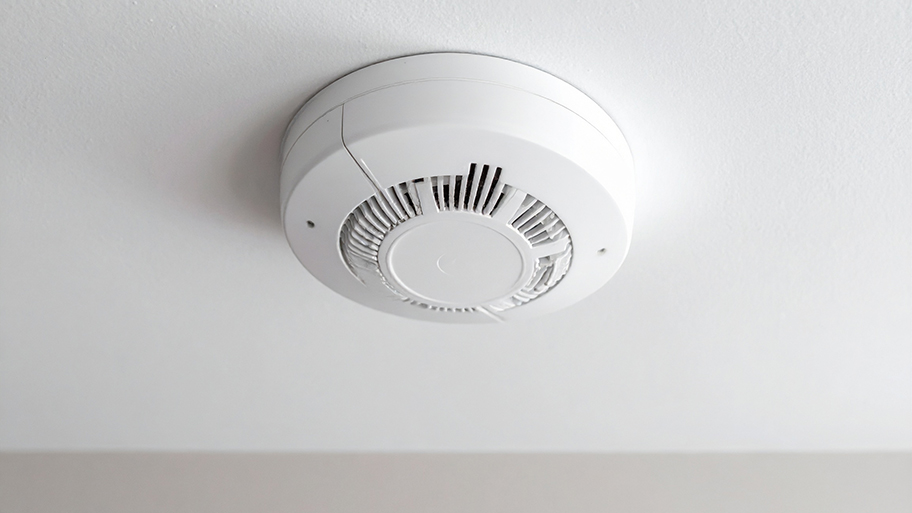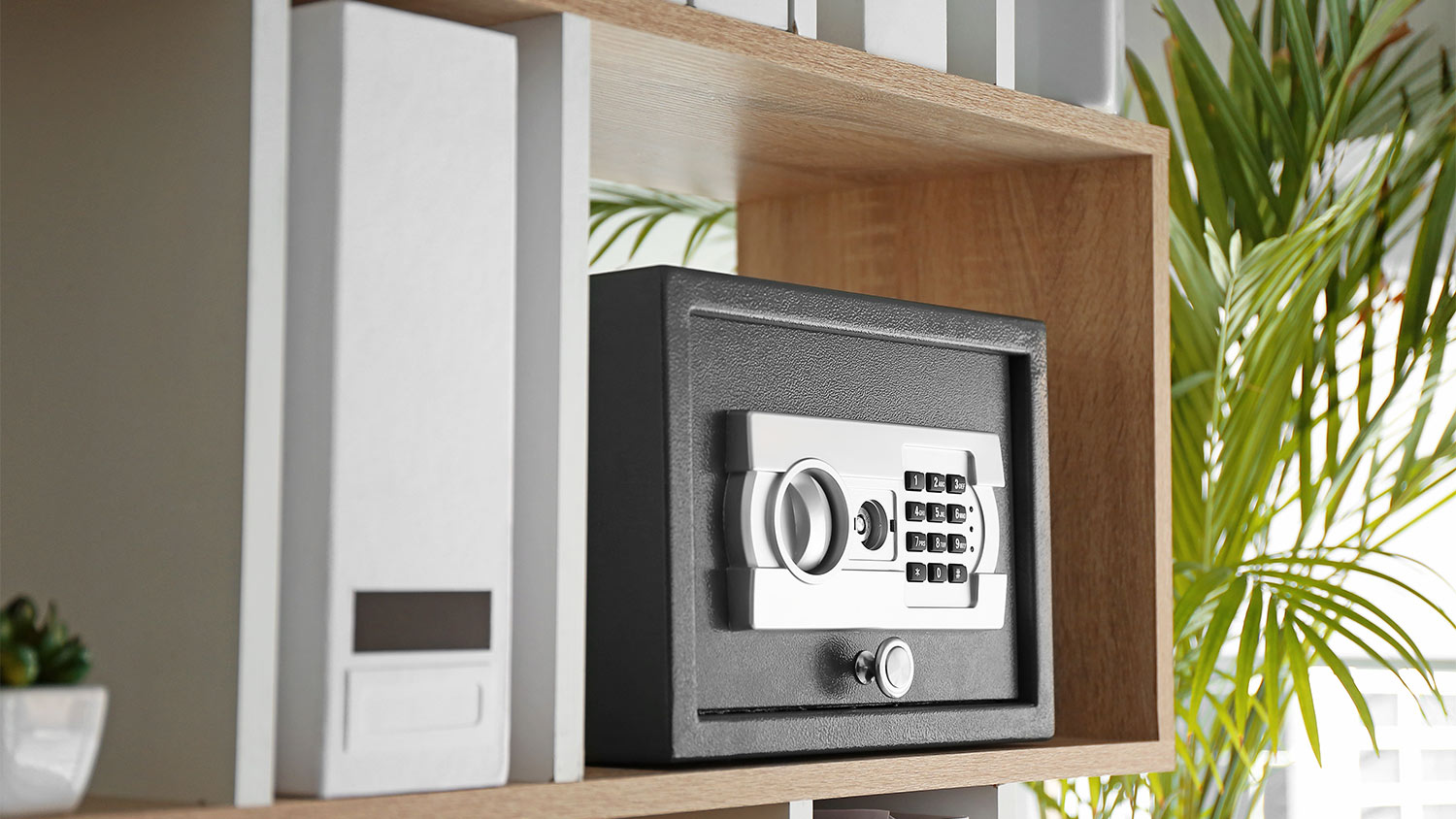
Discover how much smoke detector installation costs. Understand your out-of-pocket expenses so you can protect your family and home.
Use these tips to discover if your future neighborhood seems like it would be a better fit for Mr. Rodgers or Freddie Kruger


You can research local crime statistics through the police department or the FBI.
Talking with current residents and driving around is a great way to get a feel for a town’s safety.
Use social media or message boards to learn what types of conversations are happening about that neighborhood.
Finding a new, great home to live in is one thing, but ensuring the safety of its surrounding area is another. Fortunately, there are plenty of tools that local and out-of-state home buyers can use to get a feel for their potential new neighborhood. Take a look at some of the ways you can determine how safe a neighborhood is before you start packing your things to move.
The Federal Bureau of Investigation (FBI) has a crime data explorer database where they compile local violent crimes and then organize the list by year. You can search by state, police department, and calendar year to dial into the data points you need. Once you have found your neighborhood and the most recent year available, you can view the numbers for each type of crime reported.
Criminals who have been convicted of crimes of a sexual nature are often required to register as a sex offender. Websites like Family Watchdog allow people to enter their address and view a list of registered offenders in their neighborhood. While these types of websites canbe a helpful tool, we advise against making any decisions based on this data alone—the registry may be outdated or missing critical information if offenders haven’t registered.
Thanks to the popularity of social media, a lot of towns and neighborhoods have their own social media groups. People can use these online spaces to talk about almost anything related to their neighborhood. See what your potential neighbors are talking (and griping) about to get a feel for the problems the area may face.
If you’re able to visit your potential home in person, take an extra hour to walk around the neighborhood and introduce yourself to any passing neighbors. You can use the opportunity to ask them about the area’s safety or any other lingering concerns.

Getting a firsthand look at the activity going on around town is another great way to gauge safety (and friendliness). If you notice lots of kids playing outside, people walking their dogs, and the smiling faces of neighbors who greet you as you pass by, it's likely that the neighborhood is a friendly and safe place to live. However, keep in mind that outdoor activity doesn't always paint a full picture of the neighborhood.
While you’re cruising around the area, check out the security measures that other people in the neighborhood are taking. Bars on doors and windows and cameras on every corner could indicate that there have been some issues in the area in the past.
You should also evaluate what the town or city is doing to keep residents safe. Are there lots of street lights? Do long stretches of roads have speed bumps? These safety measures all go a long way to keeping public spaces safe.
Make sure you look at the security features the current homeowners use to protect their property. There are many affordable home security options on the market right now, and some people hire local home security system installers for an added layer of protection.
When touring the home, make a mental note of whether the homeowners use security features like doorbell cameras, indoor or outdoor security systems, or other protections.
Live like a local for the day and find a local park or coffee shop where people hang out and strike up a conversation with someone new. Tell them that you’re looking to move into the area, and ask about the safety of the area. If you have small children, it’s also a great opportunity to ask about the schools and services in the area, too.
From average costs to expert advice, get all the answers you need to get your job done.

Discover how much smoke detector installation costs. Understand your out-of-pocket expenses so you can protect your family and home.

Motion-sensor lighting costs vary greatly because they have so many customizations available. Learn more by using this cost guide about motion-sensor lights.

Discover wall safe installation cost details. Learn about average prices, key cost factors, and tips to save on your wall safe project.

Keyless doors help grant access—when you want it—to your home, but are they safe? Learn about their pros and cons before adding them to your home’s security.

How much does a safe cost? Discover average prices, installation fees, and key cost factors to help you choose the right safe for your home.

Here are the most common types of home security cameras, from indoor to outdoor. This article will help you decide what security camera is best for you.